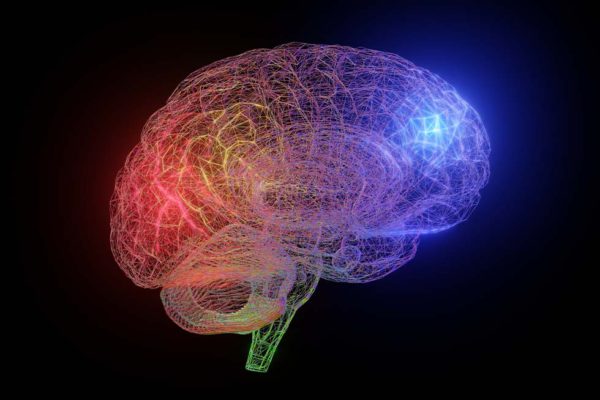Chiropractors work with people of all ages to specifically and gently restore and maintain optimal nervous system function so that your body can heal and thrive.
Supporting your wellbeing
Before you choose any healthcare service, it’s important to understand what it involves.
We’re here to share the what, why, and how chiropractic care can help support your wellbeing.

What is Chiropractic Care?
Chiropractic care is fundamentally based on the idea that the nervous system controls every cell and organ in the body.
Chiropractic care aims to create a domino effect of improved function and relief throughout the body by aligning the spine, optimising nerve flow and offering a holistic approach to health and wellness.

The Chiropractic Approach
Chiropractors use a variety of techniques to adjust the spine and improve alignment.
These techniques may include manual adjustments, where the chiropractor uses their hands to manipulate the spine, or instrument-assisted techniques, which use specialised tools to perform the adjustments.
Video resources
Some chiropractic terms you may come across:
Subluxations: Misalignments in the spinal vertebrae affect nerve communications.
Adjustments: Manual techniques to realign the spine.
Why you might look for chiropractic care
Many people reach out to chiropractors for support with
Back pain
Neck pain
Headaches
Sciatica
Muscle tension
Sports injuries
Pregnancy
Stress-related health issues
Sleep
Energy
Posture
The chiropractic care process
Initial consultation and assessment
Your first appointment will involve a detailed health history and physical examination.
Development of a plan
A customised chiropractic care plan will be developed based on your needs.
A typical session
A session may include an assessment for vertebral subluxations and chiropractic adjustments where appropriate.
Chiropractic care offers a holistic approach to dealing with a range of health issues and improving the function of your spine and nervous system.
Experience the benefits of chiropractic care firsthand by booking your initial consultation today.
Book your appointment






